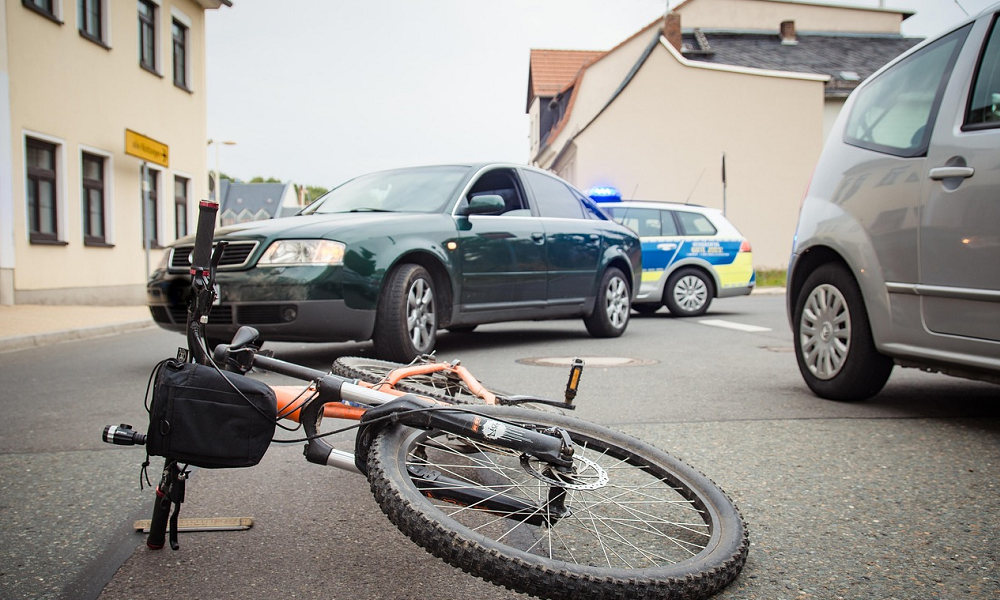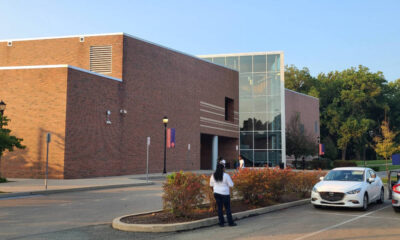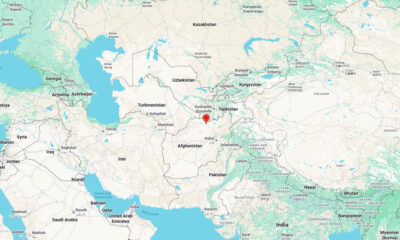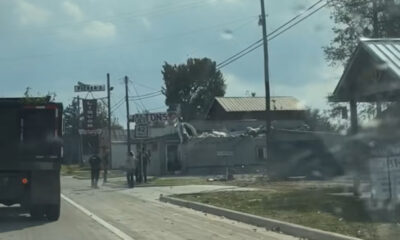Reviews
How to Legally Prove Fault in Bicycle Accidents: A Rider’s Guide

Cycling offers freedom and independence, but accidents can leave riders facing complex legal challenges. Proving fault after a bicycle collision requires not just recounting the incident but also clear, credible evidence to establish who acted negligently.
Laws surrounding bike accidents often hinge on concepts like duty of care and causation. Missing key details or overlooking critical evidence can weaken your case, even if the other party is at fault.
This guide breaks down the essentials of proving liability and building a strong legal argument after an accident.
Understanding the Legal Elements of Negligence
Negligence forms the backbone of most bicycle accident cases. To prove it, you need to establish four elements: duty of care, breach, causation, and damages. Drivers owe cyclists a duty to act responsibly on the road, and when they act recklessly or carelessly, they breach this duty.
A breach must directly cause your injuries. Courts require clear evidence linking the other party’s actions to the accident. For example, running a red light or failing to yield.
Lastly, you must prove damages, such as medical bills, lost income, or pain and suffering. These damages demonstrate the actual harm caused by the negligent actions.
Gathering Evidence at the Accident Scene
Establishing negligence requires solid documentation. Right after the accident, take photos of the scene, including street signs, road conditions, vehicle positions, skid marks, and any visible injuries.
If there are any surveillance cameras nearby, like on storefronts or traffic poles, make note of their location. Footage from those cameras can support your version of events and show exactly what happened before impact.
Once you have visual evidence, ensure you preserve it securely, whether on your phone or backed up to cloud storage. Moreover, timestamp everything you collect, including photos and videos. Time and date data help validate when the evidence was captured, which becomes crucial if details are disputed later.
The Role of Witness Statements in Establishing Fault
In addition to physical evidence, collect statements from people who saw the accident unfold. Neutral witnesses can provide unbiased details that back up your version of events, especially when the other party denies fault.
Ideally, get full names, contact information, and a brief account of what they saw. You could ask witnesses to note anything unusual, such as traffic violations or distracted behavior, while their memory is still fresh.
Consistency matters across all witness statements. You don’t want contradictions that give insurers or defense attorneys room to question your credibility.
Using Police Reports and Medical Records Effectively
The police are usually among the first responders after a bicycle accident. They investigate the scene, speak with both parties, and create an official report, which helps identify fault.
The report typically includes diagrams, witness information, and initial observations about traffic violations or driver behavior. Insurance companies and courts treat police documentation as reliable third-party evidence, especially when paired with other supporting details.
Medical records serve a different but equally important purpose. They prove the extent of your injuries and connect them directly to the crash. So, ensure you keep records of every appointment, diagnosis, and treatment.
Expert Testimony: When and Why It Matters
Some cases hinge on more than eyewitness accounts or reports. In high-stakes or complex accidents, experts can fill in the gaps where standard evidence falls short.
Expert witnesses could include accident reconstructionists, traffic engineers, or medical specialists. Each brings technical insight that clarifies how the collision happened, what caused specific injuries, or whether road design played a role.
Courts treat expert opinions seriously, especially when they come from professionals with strong credentials and clear, data-backed analysis. Their input can dismantle weak defenses or strengthen disputed claims.
How Personal Injury Lawyers Help Establish Fault
Legal professionals bring structure to an otherwise chaotic process. A skilled personal injury lawyer understands which evidence carries weight and how to collect it before it disappears or loses relevance.
Your lawyer can access hard-to-get documentation, interview witnesses properly, and work with experts to reinforce your claim. Even insurance companies typically take negotiations more seriously when a legal representative is involved.
If your case goes to trial, your lawyer can build the narrative and anticipate arguments from the other side. That preparation gives your claim a better shot at success, especially when liability isn’t immediately clear.
Wrapping Up
Fault isn’t always obvious at first glance. Sometimes it hides in missing footage, misread reports, or unspoken details that only show up with the right help.
If you’re injured, act early and dig deep. It helps to have the right team and tools in place before evidence fades or stories shift. Roads may not always be fair, but your response can be sharp, focused, and built to stand.

-

 US News5 days ago
US News5 days agoJetBlue flight diverts to Tampa after altitude drop injures at least 15
-

 World1 week ago
World1 week agoU.S. Navy helicopter and fighter jet crash in South China Sea; all crew rescued
-

 Legal1 week ago
Legal1 week agoMultiple injured in shooting at Lincoln University in Pennsylvania
-

 World2 days ago
World2 days agoStrong 6.3 earthquake strikes northern Afghanistan; felt across Pakistan
-

 World2 days ago
World2 days agoProtesters storm government building in Mexico after killing of local mayor
-

 World3 days ago
World3 days ago10 people stabbed on train in Huntingdon, England
-

 US News6 days ago
US News6 days agoTrump says U.S. will resume nuclear weapons testing ‘on an equal basis’
-

 US News7 days ago
US News7 days agoDamage reported in Kilgore, Texas following tornado warning




